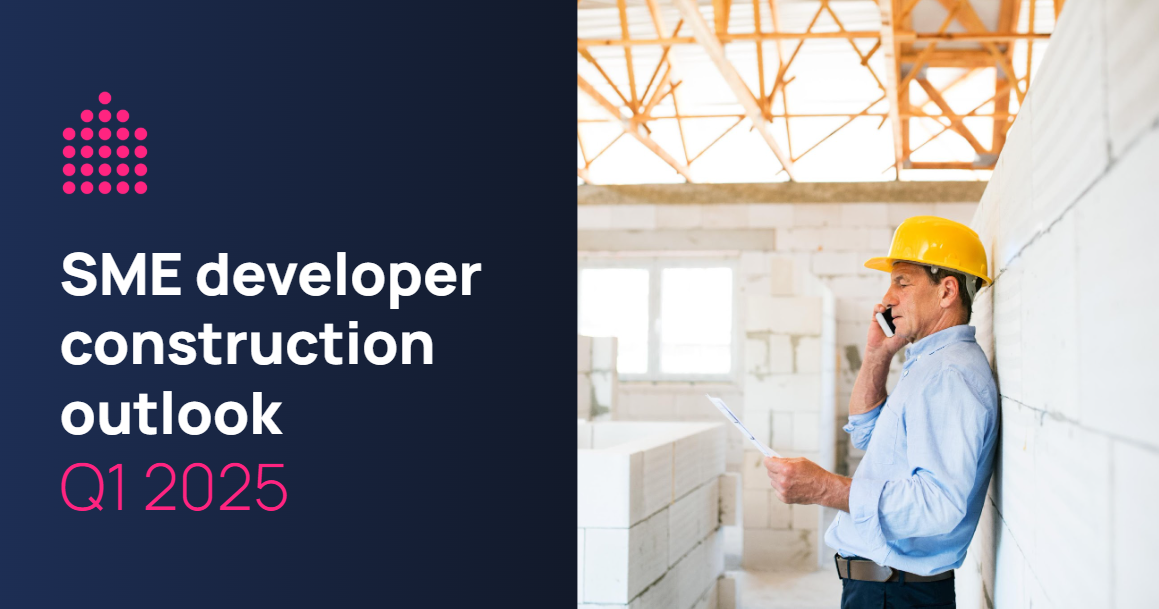
Construction material prices stabilising, but energy-intensive inputs remain high
Australia’s construction sector is seeing signs of price stabilisation in key building materials, although energy-intensive inputs such as bricks and concrete remain costly, according to the latest Q4 2024 Australian Construction Price Outlook from Altus Group.
The report highlights the easing of some supply chain pressures but warns that high energy costs and global demand trends continue to shape material pricing.
Key trends in construction material prices
The Altus Group report points to price declines or stabilisation in materials such as structural steel, structural timber, and plasterboard, largely due to subdued demand and increased supply. Steel prices have dipped, reflecting a slowdown in global steel demand, which fell 0.8% in 2024, with a modest 1.2% rebound expected in 2025. Timber prices remain stable, aided by slowing housing construction and high inventory levels. Meanwhile, plasterboard prices, after sharp increases in recent years, have flattened, with weak demand preventing further hikes.
However, energy-intensive materials continue to pose challenges for developers. Bricks and concrete have seen price increases, driven by sustained energy cost pressures and transport expenses. The World Cement Association forecasts a long-term decline in global cement demand, but Australian pricing remains elevated.
Diesel prices, a major factor in construction logistics, have dropped to pre-pandemic levels, offering some relief for builders.
What this means for SME property developers
For SME residential property developers, these price trends present a mixed outlook. While stabilising costs in some materials provide certainty for budgeting and project planning, rising energy costs still pose a financial burden.
CrowdProperty associate director (property) Brian Cullen said SME developers should remain agile in navigating material costs and financing challenges.
“Most of these macro papers and statistics lead to the same understanding over the years — construction costs will typically continue to rise,” Cullen said.
“The stabilisation of timber and steel prices is a welcome development, though, as these materials are fundamental to SME housing projects,” Cullen said.
“However, cost pressures on concrete and bricks will continue to impact build budgets, making cost-effective project planning critical.
“Allowing contingencies within your budgets and working with builders that have a solid understanding of construction value management is critical to delivering a successful development project. For example, developers should be allowing a minimum five to seven percent escalation in construction costs per annum into their feasos.”
Cullen also emphasised the importance of finance solutions in an evolving cost environment.
“With rising costs still affecting some key inputs, access to the right funding structures is essential for SME developers to maintain momentum,” he said.
“CrowdProperty remains focused on ensuring that developers have fast, reliable and expert finance to keep projects moving efficiently.”
As the construction sector adjusts to these shifting material costs, SME developers must remain strategic in procurement and financing decisions to navigate an evolving market landscape.
CrowdProperty provides fast, simple and transparent property project finance for property professionals, learn more.
